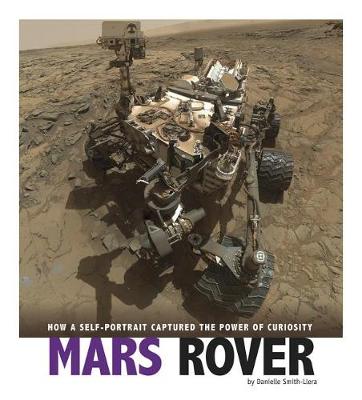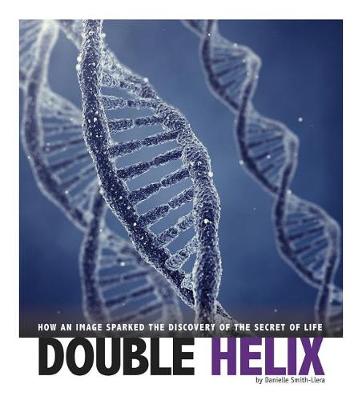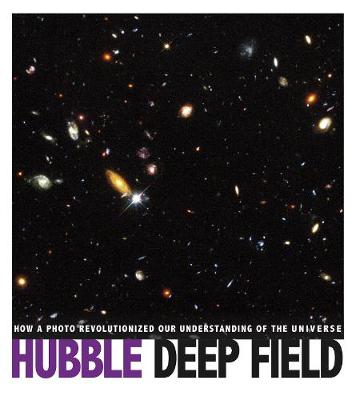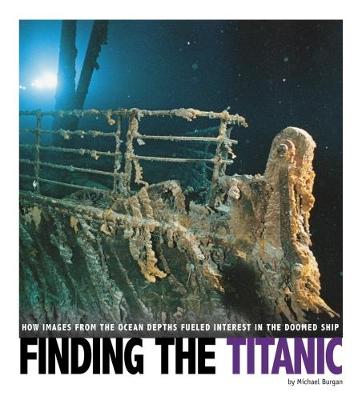Captured Science History
10 total works
Trash Vortex: How Plastic Pollution Is Choking the World's Oceans
by Danielle Smith-Llera
Fukushima Disaster: How a Tsunami Unleashed Nuclear Destruction
by Danielle Smith-Llera
Captured Science History
by Burgan, Michael, Don Nardo, and Danielle Smith-Llera
Captured Science History Pack A of 4
by Michael Burgan, Don Nardo, and Danielle Smith-Llera








